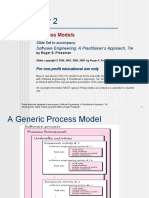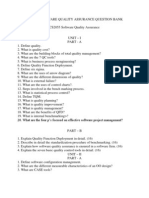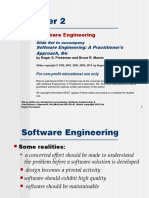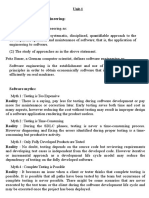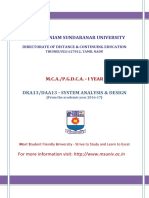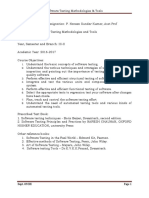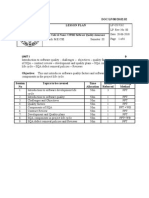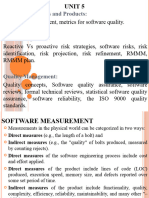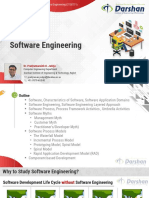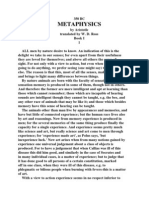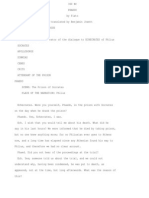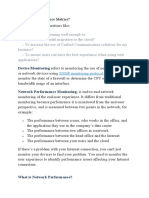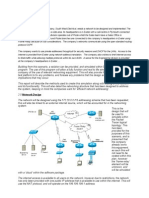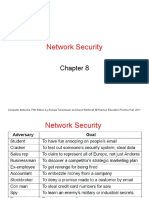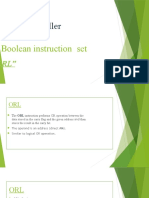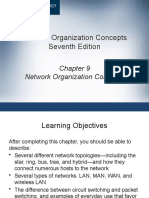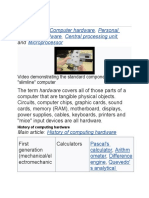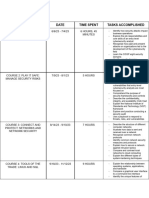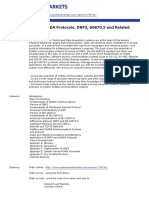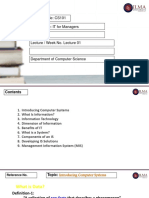0% found this document useful (0 votes)
308 views24 pagesSoftware Configuration Management
Software configuration management (SCM) involves identifying, controlling, auditing and reporting modifications to software. It establishes baselines during development and uses version control procedures and tools. Change control and configuration audits help ensure quality, while status reporting improves communication.
Uploaded by
Haveit12Copyright
© Attribution Non-Commercial (BY-NC)
We take content rights seriously. If you suspect this is your content, claim it here.
Available Formats
Download as PPT, PDF, TXT or read online on Scribd
0% found this document useful (0 votes)
308 views24 pagesSoftware Configuration Management
Software configuration management (SCM) involves identifying, controlling, auditing and reporting modifications to software. It establishes baselines during development and uses version control procedures and tools. Change control and configuration audits help ensure quality, while status reporting improves communication.
Uploaded by
Haveit12Copyright
© Attribution Non-Commercial (BY-NC)
We take content rights seriously. If you suspect this is your content, claim it here.
Available Formats
Download as PPT, PDF, TXT or read online on Scribd
/ 24

